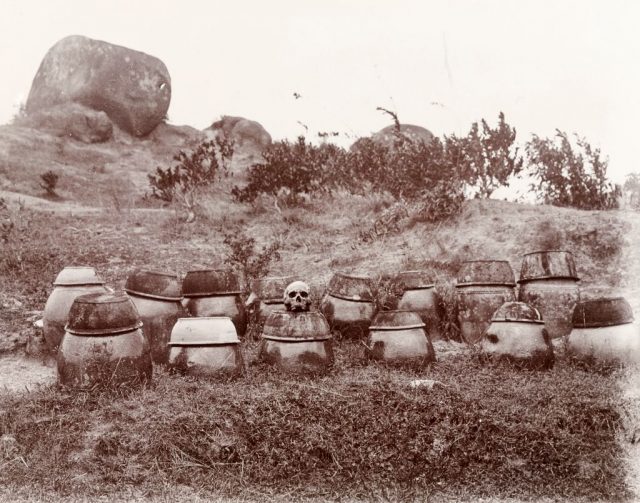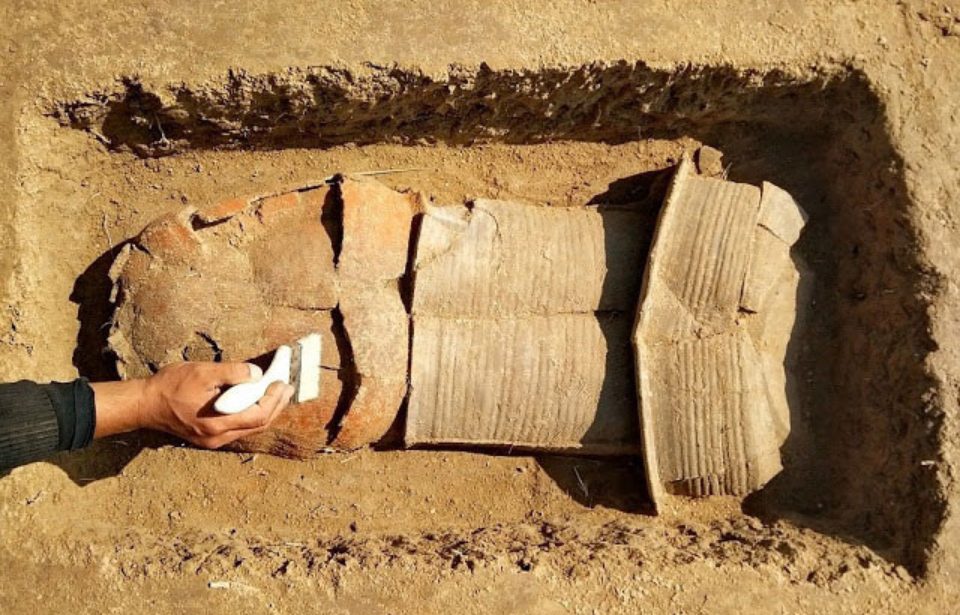Archeologists in Northern China have recently uncovered urn burial chambers containing the remains of 128 children. The tombs are believed to be about 2,000 years old.
Archaeologists have excavated 128 children's tombs in ancient times in Ulanqab City, north China's Inner Mongolia Autonomous Region. Most of them were buried in clay coffins that may date back to the Western Han Dynasty more than 2,000 years ago according to the unearthed relics. pic.twitter.com/n3VL6XddwP
— Across Inner Mongolia (@AcrossInner) November 20, 2021
The burial urns were discovered in Liangcheng County, Ulanqab City, located in north China’s Inner Mongolia Autonomous Region. Experts believe these children lived during the Han dynasty (202 BC- 220AD).
Children’s bodies would not have been cremated; rather, multiple urns were used to create a “home” for the body. Lam Weng-Cheong, an assistant professor at the Chinese University of Hong Kong, says that “in ancient China, cremation appeared quite late, usually after the Han period. In some places, we do find cremated burials dating to the Bronze Age, but in the central plains, they usually appear quite late.”
Lam Weng-Cheong also notes that an urn burial was typically reserved for the death of a child, but there are rare examples of adults being buried in the same manner. Weng-Cheong says, “we do not really know why, but it seems that, in this region, people started to use urn burials to bury their passed away children.”

The discovery of these urns provides researchers and historians with invaluable material for studying and understanding funerary customs in the area. Tombs found in the area for adults were often elaborate, made out of brick chambers and filled with any object that might be used in the afterlife. On the other hand, children were perhaps buried in urns because the child mortality rate during the Han dynasty was high, and tombs could become a financial burden for a family.
Urns became an alternative and cheaper form of burial during the Han era, as they helped protect the body from nature and animals. This protective nature of the urns also means that they typically contain a well-preserved skeleton when they are discovered.
More from us: Gold Mask, Other Relics Uncovered At Sanxingdui Ruins Site In China
Urn burial was a technique not limited just to ancient China. Urns containing ancient human remains have also been found in the Indian state of Tamil Nadu and in Budapest, Hungary.
